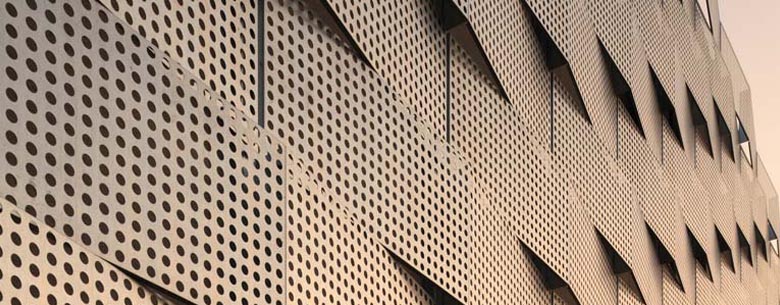What Makes a Good Sound Barrier?
In an increasingly noisy world, sound barriers, or noise barriers, play a critical role in mitigating unwanted sound pollution. These structures not only protect residential areas from disturbances caused by traffic and industrial activities but also enhance the quality of life for those living near high-noise environments. But what makes a sound barrier effective? This article explores the key characteristics that contribute to the performance of a good sound barrier.
1. Material Composition
The materials used in constructing sound barriers significantly impact their effectiveness. Generally, denser materials are preferred because they absorb and reflect sound waves more efficiently. Common materials for sound barriers include concrete, brick, wood, and various composites. Concrete walls are often favored due to their high mass and durability. However, while heavier materials can block more sound, alternative materials that incorporate mass loading techniques can also be effective. For example, some barriers use acoustically treated vinyl that combines flexibility and mass to reduce sound transmission effectively.
2. Height and Length
The dimensions of a sound barrier, particularly its height and length, are crucial for sound attenuation. A barrier must be tall enough to intercept the direct path of the sound waves from the source to the receiver. Typically, a height of at least 10 to 15 feet is recommended to block the majority of noise from highways or railroads. However, if the sound originates from higher elevations, such as overpasses, barriers may require greater heights.
In terms of length, longer barriers can effectively shield larger areas, reducing sound reflection from nearby surfaces. Continuous barriers are more effective than sporadic ones, as gaps can allow sound waves to bypass the structure, undermining its purpose.
The design of a sound barrier can greatly influence its performance. Barriers with irregular shapes or angled surfaces can help dissipate sound waves more effectively than flat, vertical designs. Some modern sound barriers incorporate curvilinear forms or strategic overhangs, reflecting sound waves back toward the source instead of allowing them to travel toward residential areas. Furthermore, landscaping features such as vegetation, earth mounds, or green walls can be integrated into the barrier design, providing natural sound absorption. Plants can help attenuate sound through their foliage and the ground cover can produce additional reflections that scatter sound waves.
what makes a good sound barrier

4. Placement and Orientation
The placement of a sound barrier plays a significant role in its effectiveness. Barriers should be located close to the noise source and positioned at an angle that intercepts the direct sound path toward affected areas. Additionally, considering the topography of the land is crucial; barriers built on elevated slopes may need to be taller to serve their purpose effectively. Proper orientation can also assist in optimizing sound reduction, as sound waves can travel in various directions, and barriers need to disrupt those pathways.
5. Maintenance and Durability
A good sound barrier must be built to withstand various weather conditions and environmental factors. Materials should be resistant to corrosion, decay, and other forms of deterioration. Regular maintenance checks are essential to ensure that the structure remains effective over time. If barriers become damaged or compromised, their sound-reduction capabilities can diminish significantly.
6. Cost and Sustainability
While constructing effective sound barriers is crucial, cost considerations should not be overlooked. An ideal sound barrier provides maximum sound attenuation for a reasonable price. Additionally, sustainable construction practices, using recyclable or environmentally friendly materials, can improve the ecological footprint of sound barriers. Exploring innovative designs and materials can lead to solutions that balance effectiveness, durability, and sustainability.
Conclusion
In summary, a good sound barrier must incorporate a combination of dense materials, appropriate height and length, thoughtful design, strategic placement, and durability. As urban areas continue to grow and noise pollution escalates, investing in effective sound barriers becomes increasingly vital. By understanding the factors that contribute to a sound barrier's performance, communities can make informed decisions that enhance their quality of life, protect their environments, and create peaceful habitats amidst the noise of modern living.
-
Why Galvanized Trench Cover Steel Grating Resists Corrosion
NewsJul.10,2025
-
The Versatility and Strength of Stainless Expanded Metal Mesh
NewsJul.10,2025
-
Load Calculations in Steel Grating Platforms
NewsJul.10,2025
-
Keeping Pets and Kids Safe with Chicken Wire Deck Railing
NewsJul.10,2025
-
Hole Diameter and Pitch for Round Perforated Metal Sheets
NewsJul.10,2025
-
Aluminium Diamond Mesh in Modern Architecture
NewsJul.10,2025
Subscribe now!
Stay up to date with the latest on Fry Steeland industry news.

